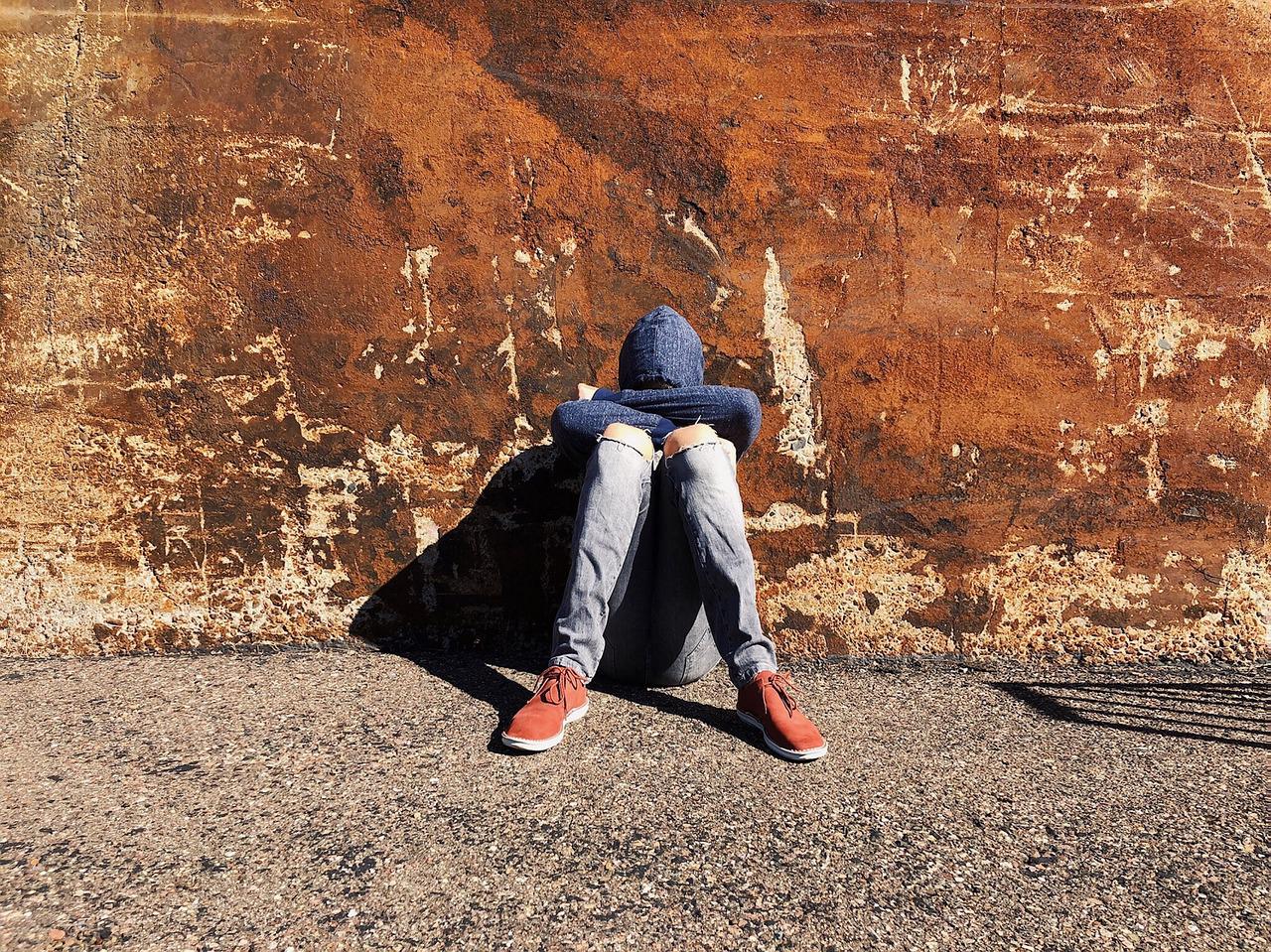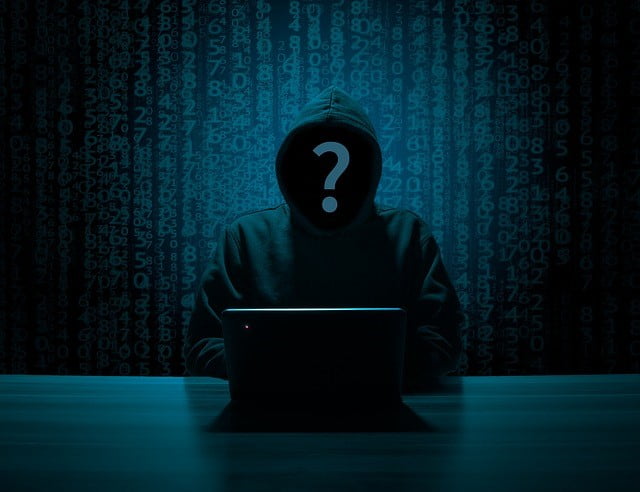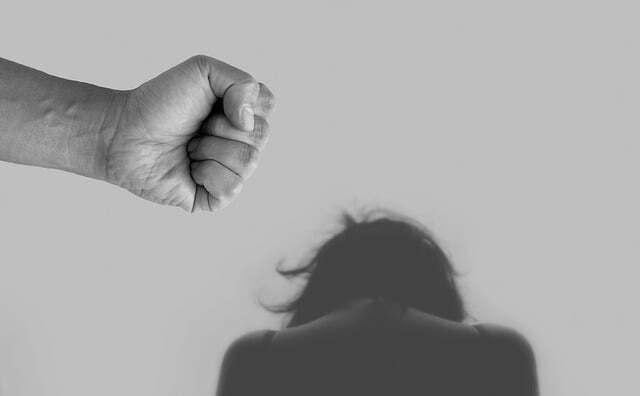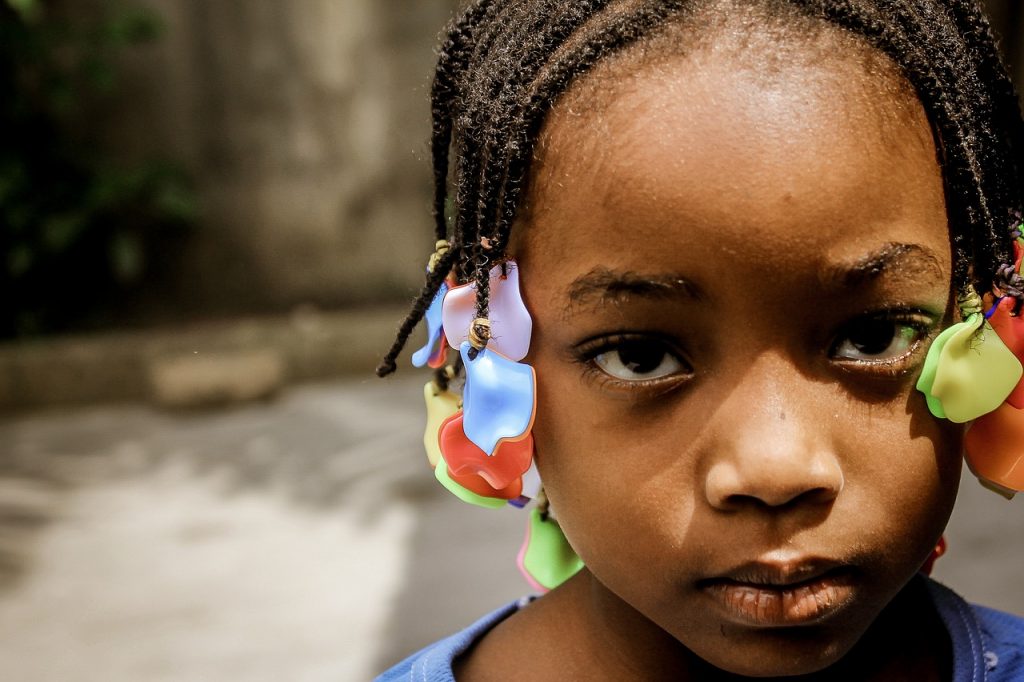Safeguarding Hub ‘guides to useful resources’ provide a brief oversight of the subject matter, combined with a selection of handpicked links and documents, all aimed to provide a complete package of knowledge for the safeguarding professional. We aim to keep them refreshed every six months, but if you become aware of any broken links, please email us and let us know.
This guide looks at protecting children from content broadcast on terrestrial and streamed television services. It does not include content that can be found online e.g. via social media or websites.
Overview
We live in a world of online streaming, where movies, box sets and TV produced programmes are available in their thousands through streaming companies such as Netflix or Amazon Prime. Despite these streaming services, a 2019 reports from the Office of Communications (Ofcom) identifies that using mainstream channels on a TV set, is still the most common method used by the UK public to watch their television. However, the use of streaming services still continues to grow with the total number of UK subscriptions rising by a quarter in 2018, from 15.6m to 19.1m.
With so much choice, it has become increasingly difficult for parents and caregivers to monitor and regulate what their children watch and are exposed to on TV. Whilst in the UK we have the ‘watershed’, there is often criticism of pre-watershed programmes such as soaps and reality programmes, which expose children to bad language, violence and sexual content. Routinely professionals in mental health services, education and safeguarding raise questions about how sexual and violent imagery impacts on a child’s mental health. Over the years, academic study dating back to the 1970’s has raised some of the key questions around children’s exposure to potential harmful content:
- do children become desensitised to violence and the harm and suffering of others?
- does their anxiety and fear of the real-world increase?
- do children show higher levels of aggression?
- are they more likely to act in a more harmful way to others?
- will exposure to sexual content lead to children becoming sexually active sooner?
These are debates that are as old as television itself. One thing we can be certain of, legislation alone will not protect children from harmful content. Protecting children from potentially damaging material can only be achieved through a combination of parental control, educating children about harmful content and helping them to become digitally resilient (see the digital resilience link in resources below).
On mainstream TV channels there is no classification system to warn the public of harmful content. Instead the main channels tend to use their continuity announcers to provide a very brief warning at the beginning of a programme and where there have been breaks in the programme for advertisements or news. Often terms used are “contains moderate violence” which carries little meaning. One person might find “moderate violence” fairly tame, whilst to another it may be fairly horrific. These bland warnings fall short of providing a parent with enough information to make an informed decision around content.
Without continuity announcers, streaming services provide short written on-screen warnings. These are usually short and contain key words e.g. gore, sexual violence, bad language. In our view, both the written and audible warnings fail to provide adequate information on age appropriate content.
There is more clarity when it comes to movies played on tv and streaming services. People who regularly frequent the cinema will be familiar with the British Board of Film Classification (BBFC) certification of films in the UK. There are seven BBFC classifications:
- U – Suitable for all
- PG – Parental Guidance
- 12A – Cinema release suitable for 12 years and over
- 12 – Video release suitable for 12 years and over
- 15 – Suitable for only 15 years and over
- 18 – Suitable only for adults
- R18 – Adult works for licensed premises only
This classification system is used for many films that appear on mainstream TV, whilst the main streaming services have also adopted the BBFC ratings for movies. These include: Amazon Prime, DisneyLife, Netflix, Sky Store and Virgin Media. BBFC research in 2015 identified that 85% of parents prefer to download films classified with BBFC age ratings, symbols and ratings info. A full list of those digital companies who use the classification is available on the BBFC website.
One of Ofcom’s key responsibilities is protecting children from harmful material on TV. The government has a broadcasting code which contains rules about what content can be shown on TV before 9pm – commonly known as the 9pm watershed. The rules state that material which is unsuitable for children “should not, in general, be shown before 9pm or after 5.30am”. Ofcom describe unsuitable material as anything that contains sexual content, violence, graphic or distressing imagery and offensive language. Whilst there appears to be some flexibility the nearer a programme is broadcast to the watershed, Ofcom are clear that the transition to more adult material “must not be unduly abrupt and the strongest material should appear later in the evening”. Despite this code, often pre-watershed programmes such as the UK’s popular soaps, sail close to the wind with some of their storylines.
Parental controls are digital tools that allow parents to set filters and restrict access to specific content deemed unsuitable for children. Most devices now come with some form of parental control e.g. home broadband, smart devices (tablets and phones), game consoles and TV streaming services. Parental controls vary greatly between devices with some restricting access at designated times of the day, preventing in-app purchases, filtering pornography and allowing parents to monitor usage. TV devices are fairly limited and generally only restrict access to age inappropriate content. Two things to bear in mind with parental controls:
- parental controls should be enabled on every device. Whilst you may have enabled parental controls for a streaming service on one device, they will not necessarily have been activated on a another.
- parental controls are not 100% effective.
The Resources
Parental Controls
Parental controls on Netflix
Please note: the UK Safer Internet Centre provides far better instructions on parental controls on Netflix. It can be accessed HERE.
Parental controls on Amazon Prime Video – parental controls vary across all Amazon devices.
Parental controls on Now TV
Parental controls on Disney Plus
Parental controls on Freesat
Parental controls are not available on the Freeview app and can be applied by setting the parental control on the individual player.
Parental controls on Sky
Parental controls on BBC iPlayer
Other useful resources
Common Sense Media – the go to place for common sense reviews and advice on movies, tv shows, apps and games.
Ofcom protecting children webpage.
Fantastic resource from the UK Safer Internet Centre on ‘TV on Demand’ providing numerous links on all the major TV streaming services.
Guides from parentzone.org.uk A collection of guides from Parent Zone.

Get Involved!
Share Your own Safeguarding News and Research to reach a wider Audience
From Our Blog
Types of Child Exploitation
An overview of differnt types of child exploitation, including sexual exploitation, county lines and criminal exploitation
Sextortion – Guide and Resources
Sextortion – a guide and links to useful resources.
DVPOs and DVPNs – Guide and Resources
Domestic Violence Protection Notices (DVPNs) and Domestic Violence Protective Orders (DVPOs) – a guide and links to useful resources.
Type 4 FGM – mixed messages
Is labia stretching a form of FGM? What are the views of the World Health Organisation? Is it against the law?
Related Posts
The Safeguarding Hub
Share Your Safeguarding News And Research To Reach A Wider Audience









